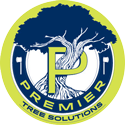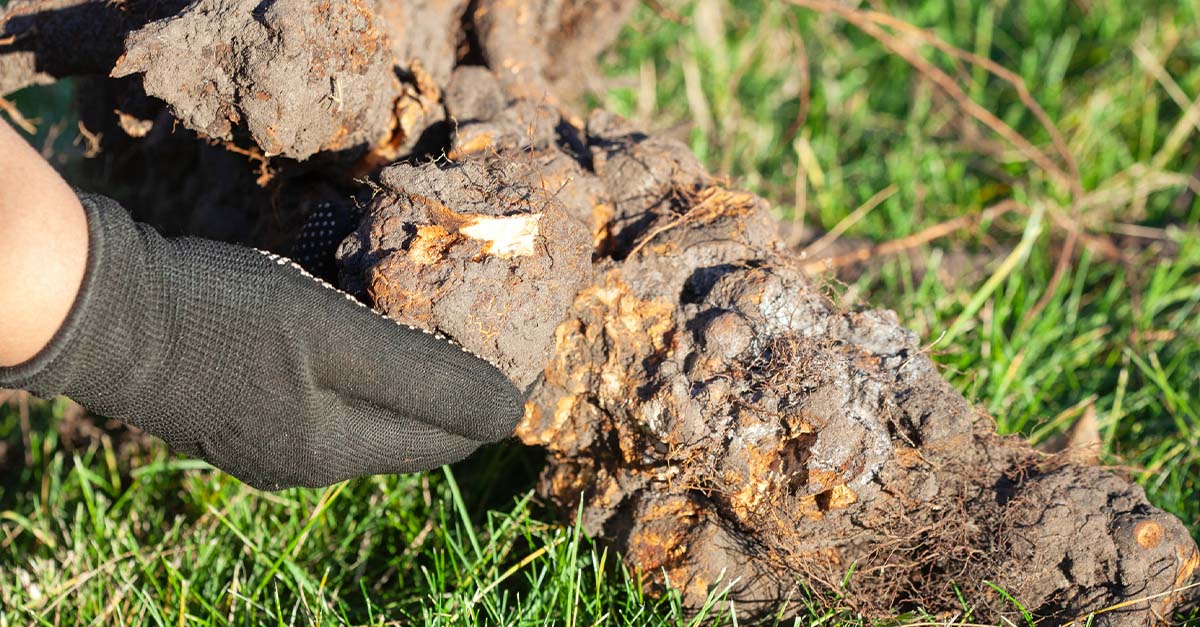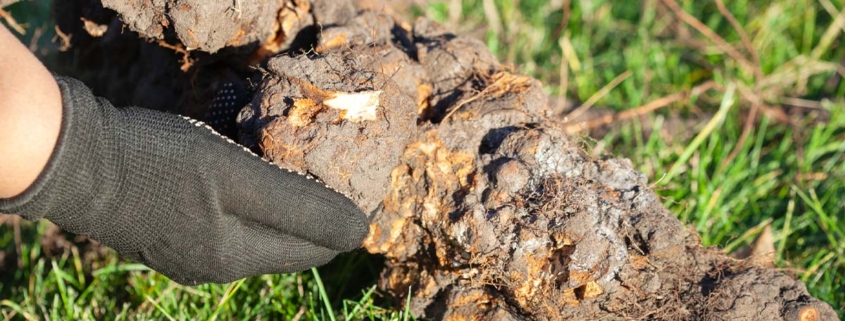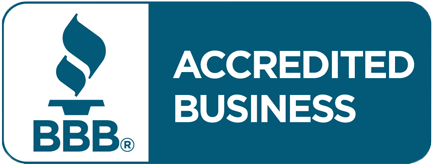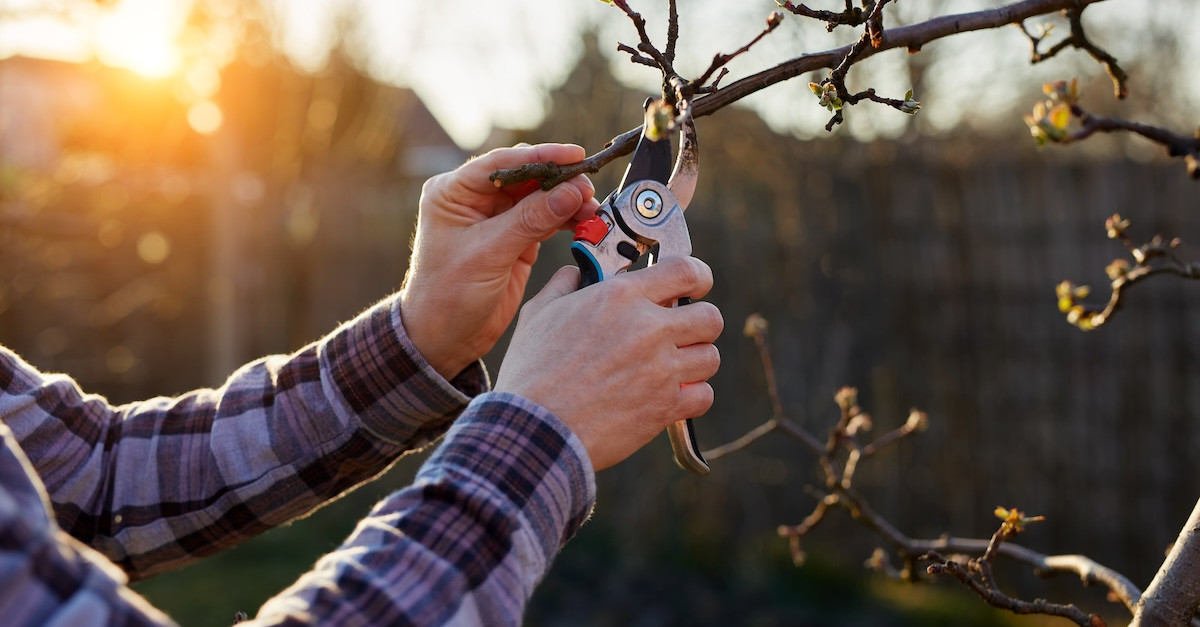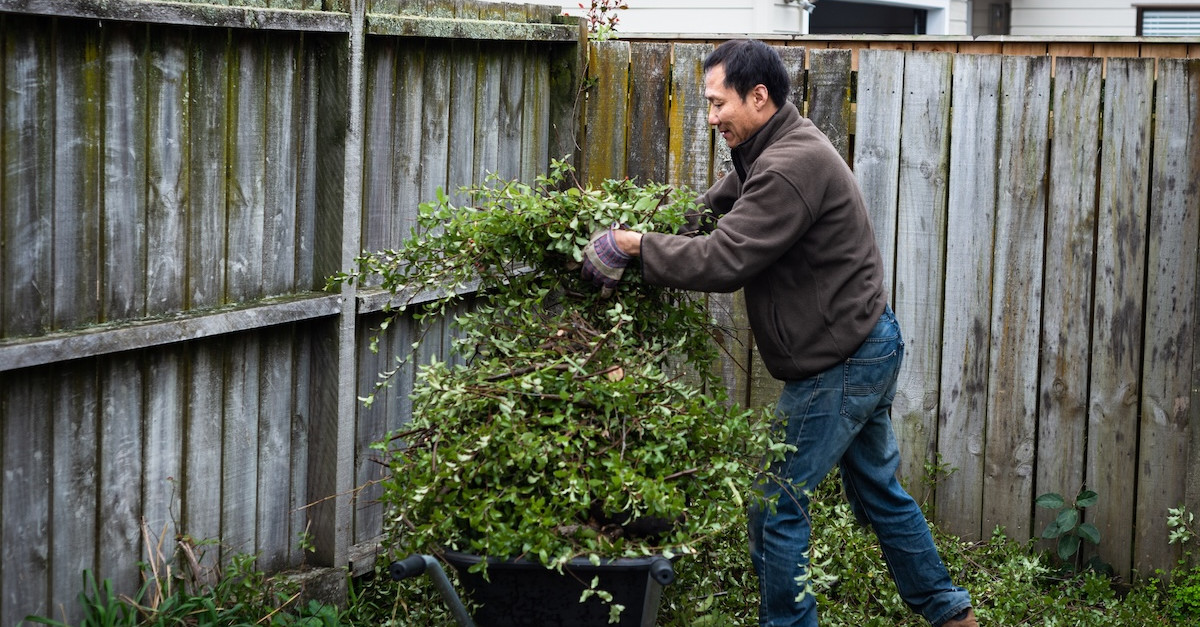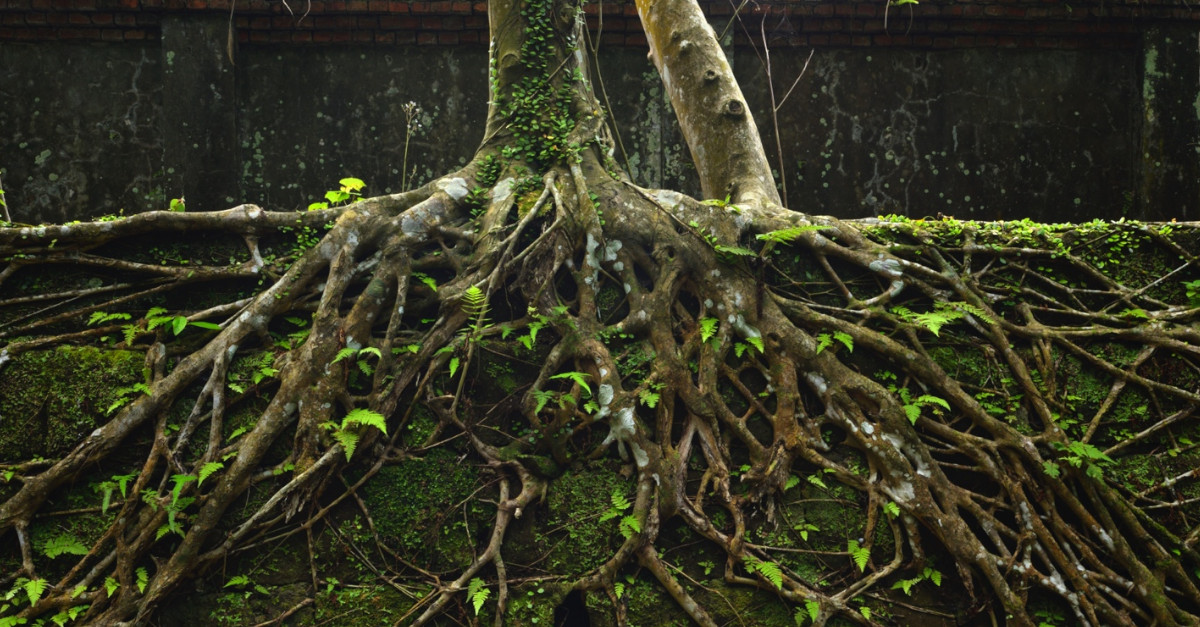Common Tree Diseases and How to Treat Them
Of course, trees aren’t immune to disease. However, it may be more serious than you think. Having a solid understanding of tree diseases is important for homeowners and property managers. Early detection and professional treatment can keep your trees healthy and happy, and the surroundings safe. The following is a closer look at four of the most common diseases and their symptoms to assist in tree disease identification. While we offer tips on how to treat tree diseases, consulting an expert with Premier Tree is always your best bet.
Anthracnose
Commonly found among shade trees – think sycamore, ash, oak, birch, beech, elm, walnut, or maple – this fungal disease affects the leaves. It causes spots and blotches, cupping or curling, and the premature falling of leaves. It’s typically spread through water when spores from inflected plants are splashed to healthy ones. Anthranose can also be carried longer distances by wind. Experts suggest treating the tree by pruning affected branches, removing infected plant debris, increasing light penetration, and promoting air circulation throughout the tree canopy. While anthracnose isn’t typically dangerous to most trees, it may cause temporary damage. Healthy trees can usually bounce back, but recurring, severe infections and certain types of fungus can weaken trees over time, making them more vulnerable to other factors.
Dutch Elm Disease
American elm trees are susceptible to this disease, which causes leaves to wilt, become yellow in color, and fall prematurely. It’s progressive and more branches may eventually show symptoms. Additionally, Dutch elm disease may cause brown streaks to develop on the outer layers of the sapwood of branches. Infected limbs should be pruned, while severely infected trees should be removed entirely. Penn State Extension suggests peeling the bark from the stump to below the soil line. Since bark beetle larvae may reside within, it’s important to burn or bury all wood 1/2″ in diameter or larger. A tree is salvageable if less than 5 percent of its crown exhibits symptoms. If that’s the case, find the lowest point of streaking and prune the branch at least 12 feet below that area. Fungicidal injections can then be used.
Fire Blight
If you notice blackened, wilted blossoms and shoots that have a burned look, it could be a case of fire blight. This disease is caused by a bacterium and only impacts members of the rose family. However, that includes a wide range of trees and shrubs. Some of the most common trees affected by fire blight include apple, pear, and hawthorn. Fire blight can prove fatal to trees, especially when the infection hits the roots, and it can spread quickly. Unfortunately, there’s no cure for fire blight, only control. Severely affected trees should be removed. Treatment typically calls for spraying and pruning. Prune 8” to 12” below the infected areas, and make sure and sanitize tools after use. Tools containing the bacterium can transfer fire blight to healthy trees.
Root Rot
Root Rot is a disease that causes the root system to deteriorate, leading to stunted growth, wilted and discolored leaves, and mushy, brown roots with an unpleasant smell. It’s typically caused by soil-borne or fungus-like pathogens found in wet soil that doesn’t drain well and has inadequate air circulation. Root rot can materialize in a variety of trees, especially if drainage is poor. Treatment options depend upon the severity of the disease. If detected early, the situation can be remedied by improving drainage, and pruning dead or infected roots. More severe cases may call for chemical treatments or the surgical removal of roots.
Get to the Root Cause
Again, a Premier Tree professional would be your best ally when addressing tree diseases. If you have questions regarding fungal tree diseases or suspect signs of tree disease, call Premier Tree at 404-252-6448 or schedule a complimentary assessment online.
